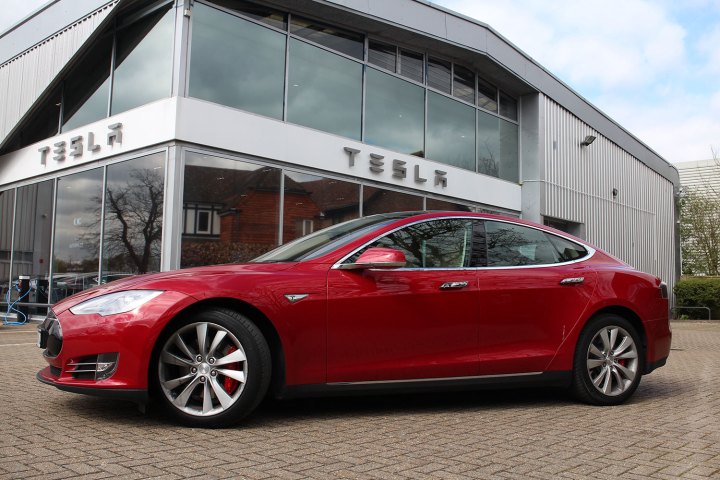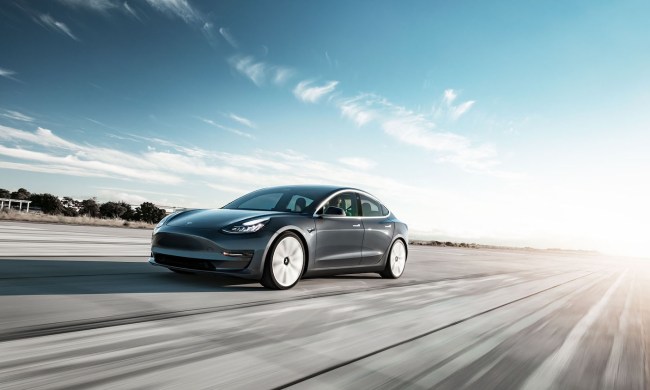
Speaking at the EmTech Digital conference in San Francisco, Tesla’s Autopilot program director Sterling Anderson said that Tesla Model S vehicles have had the constant cellular connection since 2012. The company started installing a suite of 12 new sensors into the cars in 2014, and the ability to track what the car was doing, where it was, what was around it, and how it was behaving increased significantly. The sensors were introduced as a new emergency braking system, and they do perform that function, but the ultrasonic sensors along with radar and forward-facing cameras enable the company to test autonomous driving features.
One of the functions of the constant cellular connection is to enable automatic software updates. Owners never have to go to a dealership just to download the latest install. Tesla is also able to add functions that the driver won’t know about or even be able to use, in order to conduct tests. Neither Tesla nor the new functions covertly take over the cars, so the driver is still in control of the vehicle and which functions are actually active. However, there’s an “inert” mode whereby Tesla can access the data streaming from the sensors to see how the car “would have reacted” if it were in autopilot mode.
With every new Tesla sold, the data stream grows. “Since introducing this hardware 18 months ago we’ve accrued 780 million miles,” said Anderson. “We can use all of that data on our servers to look for how people are using our cars and how we can improve things.”
Anderson also spoke about driver expectations. “Autopilot is not an autonomous system and should not be treated as one,” he said. “We ask drivers to keep their hands on [the wheel] and be prepared to take over.”
Tesla Model S drivers that activated the autopilot Summon mode and hit other parked vehicles should know that Tesla knows exactly what you did and when you did it. If this feels too Big Brother-ish for you, just don’t buy a Tesla. In the meantime, unlike any other car company at this time, Tesla is able to gather data in prodigious quantities for installed autonomous features, whether or not the owners know about them.



